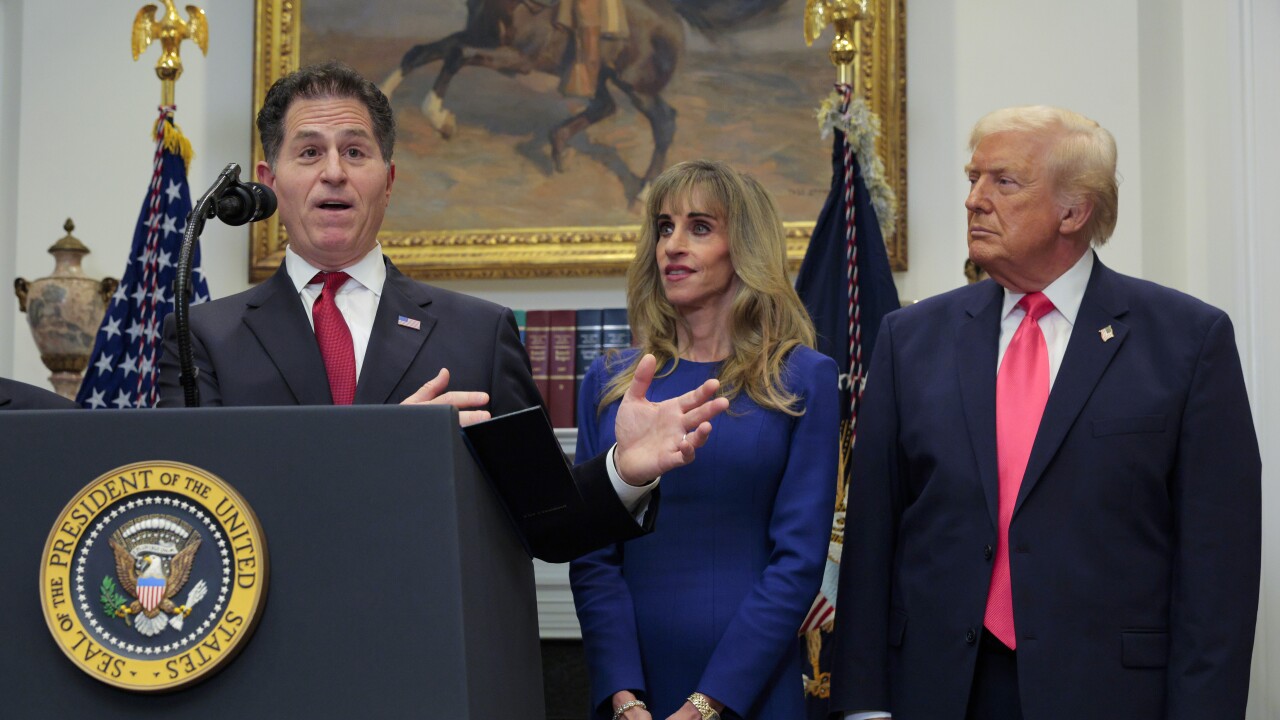The Internal Revenue Service is making some adjustments to its Compliance Assurance Process, a program aimed at large corporate taxpayers that involves cooperating with the IRS before any audits.
As part of the proposed changes, the IRS said Monday it will shift the start of the application period to Oct. 1, 2018. The period will close this year on November 30, 2018.
The CAP program started in 2005 as a way for large corporations, particularly multinationals, to resolve tax issues through open, cooperative and transparent interactions between the IRS and taxpayers before the filing of a return. The program began with 17 taxpayers and currently has 169 taxpayer participants.
“After extensive review, we believe this program continues to provide benefit for taxpayers and tax administration,” said IRS Large Business and International (LB&I) Commissioner Doug O’Donnell in a statement. “The program is intended to provide taxpayers and IRS certainty on the treatment of certain tax issues even before the return is filed, while reducing the chance of potential disagreement and lengthy examinations.”
The proposed changes aim to improve how the program operates, make the best use of limited government resources and ensure the sustainability of the CAP program. The changes will take effect for the upcoming 2019 application period, with more changes expected next year and in the future. Budget cuts at the IRS are part of the reason for the changes. While interest in CAP has grown, since the inception of the program, the IRS workforce in the LB&I division has declined more than 25 percent.
Among the changes for this year are the following:
• The 2019 application period will open Oct. 1, 2018 for existing CAP taxpayers who meet the program eligibility requirements, including suitability criteria.
• As part of the application, taxpayers will need to provide a preliminary list of material issues for the year, and, if applicable, specified transfer pricing issue information and research credit information. This preliminary list will be the starting point for discussions with the IRS to reach an agreed issues list. That list in turn will be used to determine the issues that will be reviewed and will be important in allocating resources for the case.
• As part of the LB&I division’s overall efforts to ensure that resources are deployed appropriately, the resources devoted to the CAP program will be allocated as part of annual planning. In future years, resource availability may determine the number of taxpayers in the program or whether all issues can be addressed.
• Effective communication and prompt resolution of issues are key components of CAP. Both taxpayers and LB&I will be subject to additional requirements in these areas. For example, certain transfer pricing issues may be required to be resolved via the Advance Pricing Agreement program. LB&I will establish a 90-day goal for issue resolution. Disagreements will be sent to Appeals on a timelier basis to encourage quick resolution of issues.
• To promote timely resolution of each year’s issues, taxpayers will be required to provide a representation letter within 30 days of return filing and timeframes will be implemented for IRS post-file review. Taxpayers and IRS will jointly monitor progress metrics and provide input for subsequent year cycles.
• A Compliance Maintenance phase of CAP will continue, but will be modified. As part of Compliance Maintenance, some taxpayers determined to be lowest risk may continue in the program without IRS review of a particular year.
Changes expected in future years:
• In the future, the program will be open to more taxpayers who meet eligibility criteria and program requirements.
• For future years, taxpayers will have to provide certification of a tax control framework. More details will be shared when they become available.
• In line with LB&I’s strategic vision and resource constraints, the LB&I division is considering whether issue-based resolutions may be appropriate as the program is expanded.
• As taxpayers and LB&I get more experience with the 2019 changes, changes will be made as appropriate.
LB&I officials plan to continue discussions with stakeholders in the months and years to come, as well as monitor the operation of all changes and remain open to improvements






